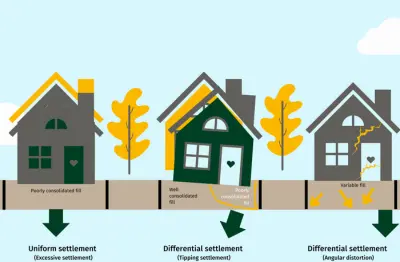Colette's coreboard innovation
At Igne, we’re proud of our innovative approach to solving challenges that fox our clients or confound our colleagues. It’s certainly a differentiator of value because it means we are active problem solvers, always looking for ways to improve.
This can be evidenced perfectly in this case study about an innovation by one of Igne’s brilliant Geologists, Colette Spencer.
In site investigation, when logging rock cores, engineers take a picture of the core against a coreboard. This standardises the colours observed, the length, the site information, date the core was taken, and the name of the borehole from which it came, as well as ensuring a visual representation of what the rock core looks like is captured.
Supported by an idea from her colleague James Brown, Colette designed a new coreboard with key information from the site investigation industry’s bible on the back.
The bible, AKA the British Standards Institution’s BS5930 code of practice, provides guidelines for conducting ground investigation of construction sites. It specifies tests and equipment to ensure that the ground is suitable for the planned building design. These include classification tests, chemical tests, and erodibility or dispersibility tests.
Colette based her design on her own experiences with core logging and what she thought would be most useful to new engineers, or those engineers who have perhaps not logged core in quite some time.
She also included her own suggested order of logging to help make sure all primary data was captured - and captured in the correct order.

Colette explains her motivation to create the new Igne core board: “Ultimately I wanted to provide a guide which would support other engineers in collecting thorough and relevant data, improve confidence in logging, and also decrease the amount of time spent having to re-log core whenever information was missed or not collected to the required standard (logging of rock core can be a very involved and data heavy process, with information needing to be collected, processed and presented in specific ways as determined/described by the BS5930).
Additionally, data collection is ideally done on site, which often involves adverse weather conditions and additional demands on attention (e.g., management of multiple rigs, liaising with clients, maintaining materials on site, etc.), making it more difficult to log to the required standard. By designing this information to be printed on the back of the coreboard, a quick reference guide is always to hand, with the added bonus of it not degrading in wet or muddy conditions.”
The guide Colette produced briefly summarises:
- How to photograph core as described in Annex H of the BS5930
- A summary of the most relevant sections of the BS5930 in relation to logging core
- Her recommendations regarding the order in which data is collected, to ensure all primary information is captured.
Colette’s colleagues across Igne now have access to this innovative solution, and our clients benefit with time saved by accurate data logging first time.

Do you have a site investigation challenge Igne can help with? Explore our services or give us a call to discuss how we can help you: 0371 789 1000
Other articles of interest

Engineered Fill NHBC Standards Update
Attention Britain’s House Builders! Igne has important news regarding NHBC standards update for 2024!

Civil engineering university visits
Last week, Igne was delighted to welcome Northumbria University’s Civil Engineering BEng and Civil Engineering Degree Apprenticeship BEng students to our Chester le Street Office, County Durham, for our popular university tour.


